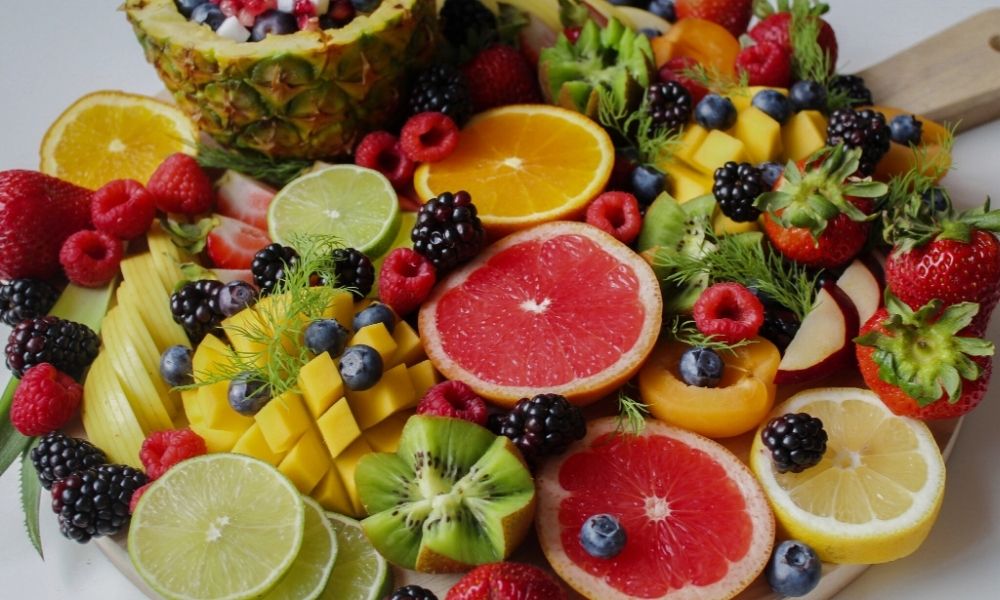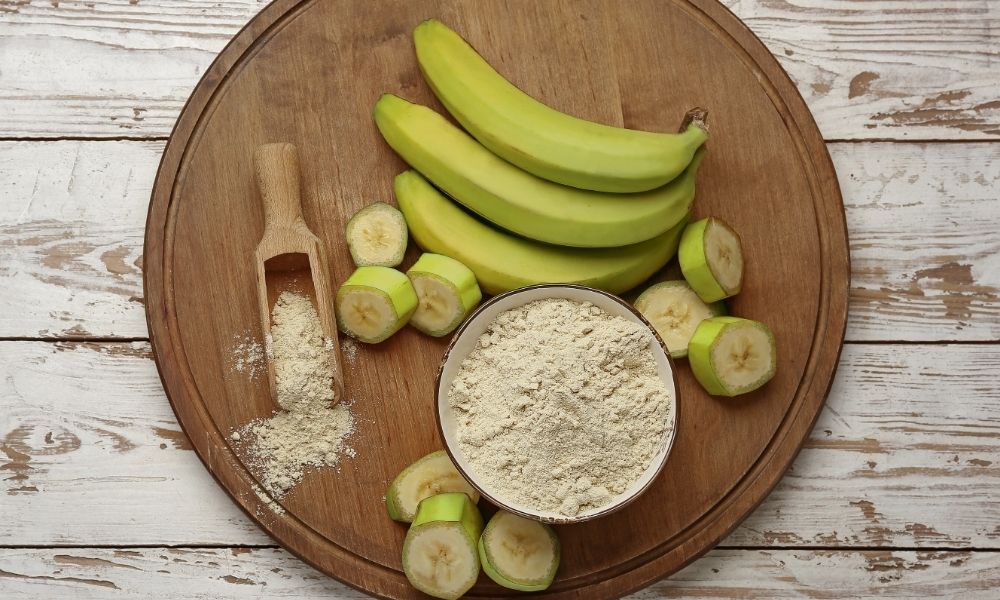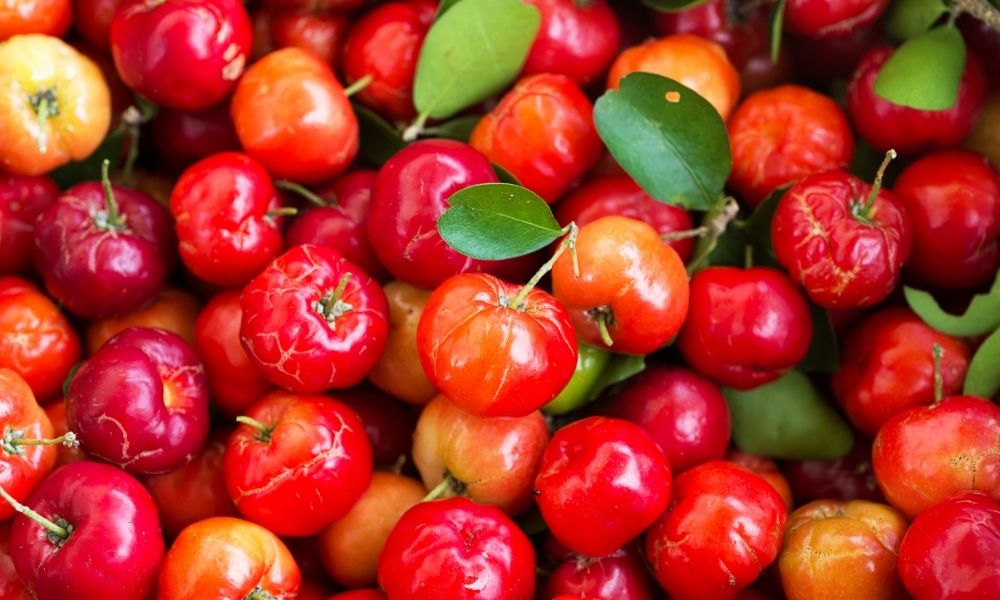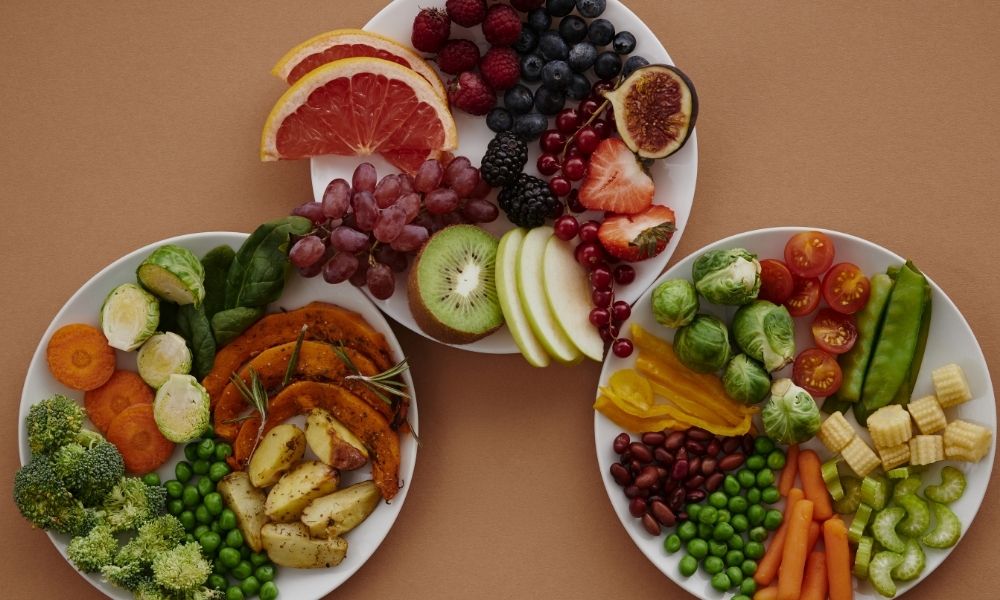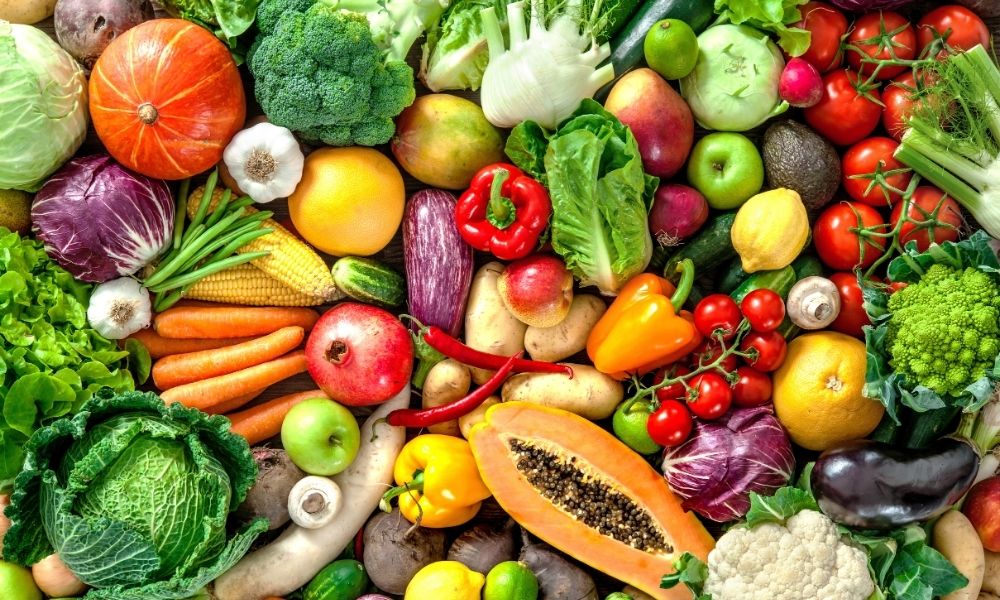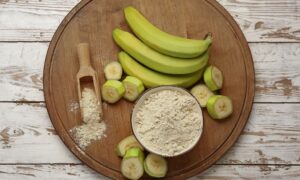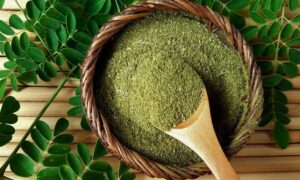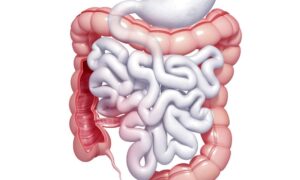Freeze-drying is widely recognized in the industry as a method for preserving a wide range of formulations. It is a dehydration technology that consists of removing water through the sublimation process, that is, the direct transition from the solid phase to the gaseous phase, without passing through the liquid phase.
The technique consists of freezing the sample, which is initially subjected to low atmospheric pressure (vacuum) so that the ice transforms directly into water vapor, known as primary sublimation (primary drying). In this step, unbound water is removed from the sample. Then, the second sublimation step, known as secondary drying, occurs, where chemically bound water is removed. Product temperatures in freeze-drying are generally below 0 °C in primary drying and 20-30 °C during secondary drying.

Spray-drying is the process in which the liquid product is transformed into a dry powder in a single step. The solution (or slurry) is atomized into fine droplets that are quickly dried using hot air. The technique consists of subjecting the liquid to an atomization process (micro-droplets) that will be distributed in a drying chamber with a controlled flow of hot air. The micro-droplets produced by the atomization process are vaporized instantly when they encounter the hot air stream. On one hand, Spray-drying is generally a more economical alternative because of its continuous process and higher throughput due to much higher working temperatures. On the other hand, the high processing temperatures (80 °C) represents also a disadvantage as some nutrients will be degraded or lost during the Spray-drying process.

Freeze-drying and spray-drying are both effective when used correctly, according to the technique and product profile. Cost is one of the major factors considered when choosing between techniques. Generally, spray-drying is a cheaper, faster, and more energy-efficient alternative, while the non-destructive nature of freeze-drying makes it the technique of choice for products that must retain original texture or full nutrient profile.
A more practical distinction between these two drying technologies, when comparing fruit powders, is that spray-dried fruit powders will often have high percentages of carriers and processing aids such as maltodextrin, starches and/or gums. Freeze-dried fruit powders can be obtained without any of those added ingredients and, hence, are much more suitable for clean label formulations of food and beverages.
In our portfolio, we have products obtained through both technologies, always seeking to meet the performance and cost expectations from our customers. Contact one of our consultants today to learn more and discuss the best options for your formulations and products.




